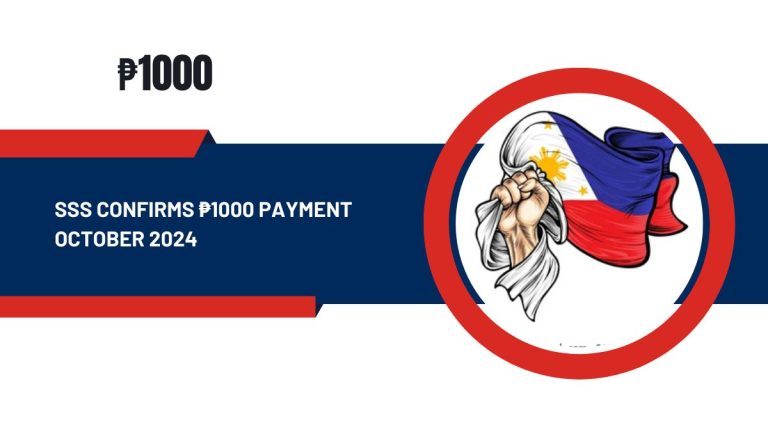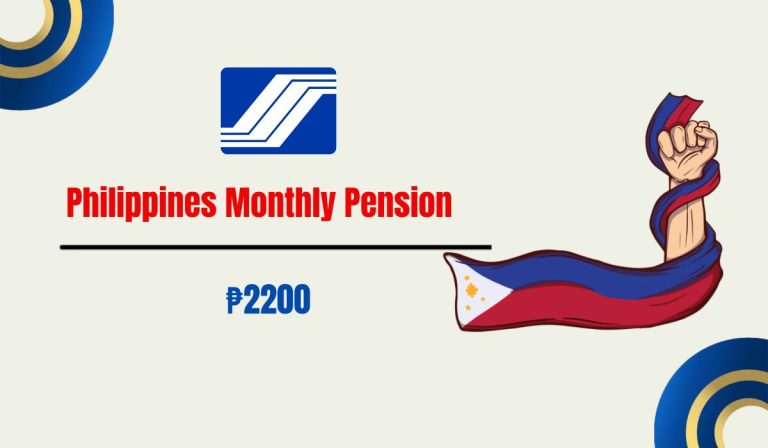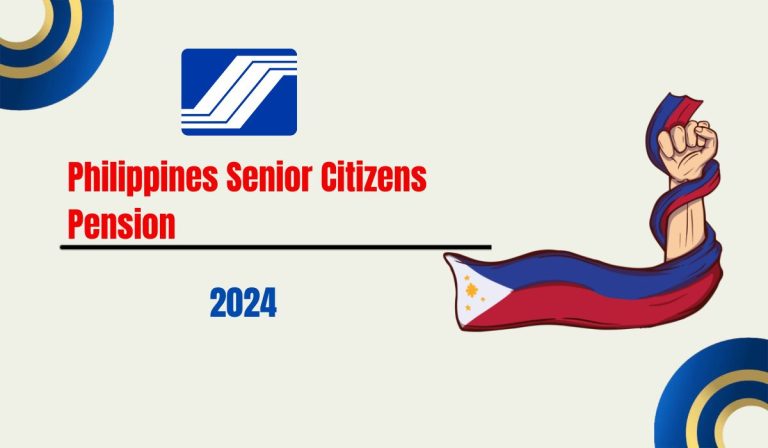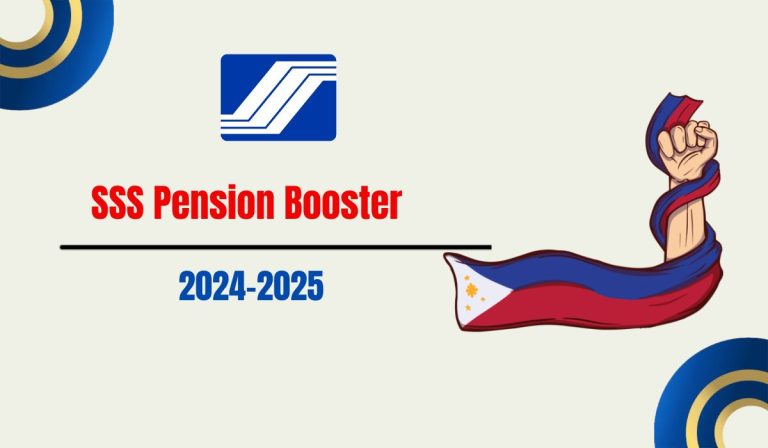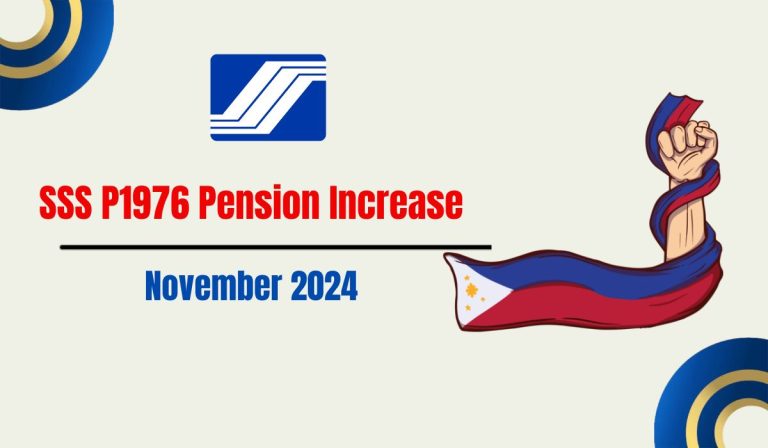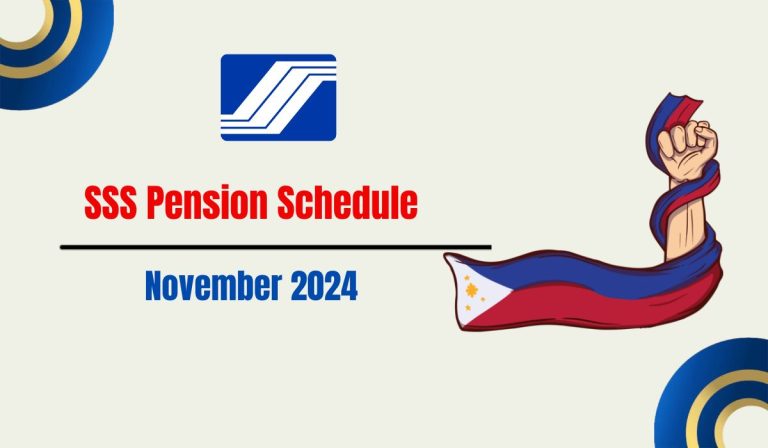SSS Payment Schedule For Philippines in 2024: Essential Dates and Financial Tips
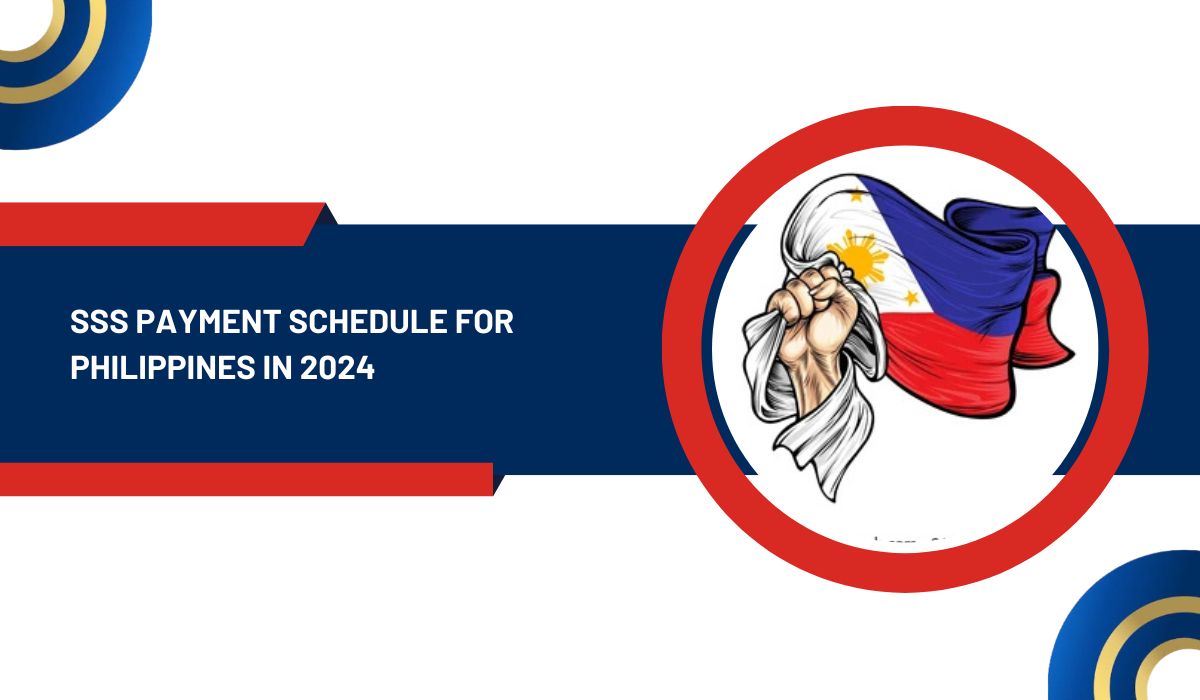
SSS Payment Schedule For Philippines. Preparing for retirement can be a challenging task, particularly when it comes to managing your financial resources. Thankfully, the Philippine Social Security System (SSS) provides a dependable payment schedule and pension benefits that ease the process for retirees.
In this detailed guide, we will walk you through the key aspects of the 2024 SSS payment schedule, eligibility criteria, contribution rates, and strategies to ensure your financial stability during retirement.
SSS Payment Schedule For Philippines in 2024
The SSS pension is a critical source of income for many Filipino retirees, helping them manage monthly expenses. The payment schedule for 2024 is structured to ensure that retirees receive their pension on time, around the 29th of every month. This consistent payout system allows retirees to better plan and allocate their finances. The payments are made through electronic transfers, which can be tracked easily using the My.SSS portal.
Key Payment Details:
| Detail | Information |
|---|---|
| Payment Day | Around the 29th of each month |
| Payment Method | Electronic transfer to registered bank accounts |
| Account Requirement | Philippine National Bank (PNB) account needed |
| Tracking | Monitor payments via My.SSS portal |
SSS ensures that retirees have access to their funds on a regular basis, avoiding any potential financial strain. For those looking to secure their pensions, it’s critical to understand the requirements and processes involved.
SSS Pension Benefits: A Lifeline for Filipino Retirees
For retirees, the SSS pension serves as a safety net, especially in times of rising living costs. It covers basic living expenses and provides financial support for those who may no longer have a steady source of income. The pension is designed to assist retirees in maintaining a decent standard of living, particularly for low-income households.
Key Features of the SSS Pension:
- Eligibility: Open to Filipino citizens aged 60 and above.
- Income Requirement: Must pass an income and means test.
- Coverage: Focuses on providing financial support for basic living needs.
To avoid delays in receiving your pension, it’s crucial to prepare your application ahead of time, ensuring everything is in place before you hit the retirement age.
Who Qualifies for SSS Retirement Benefits?
Before applying for SSS retirement benefits, it is essential to understand the eligibility requirements to avoid any unnecessary delays in processing. Here’s a quick look at the criteria:
| Eligibility Requirement | Details |
|---|---|
| Age | Must be 60 years or older |
| Residency | Must be a permanent resident of the Philippines |
| Income Test | Must pass an income and means test |
| Bank Requirement | Philippine National Bank account required |
| Application Timing | Apply before turning 60 for timely processing |
Pro Tip: Always start your application process early, as the review period can take time. Submitting documents ahead of your 60th birthday helps ensure that your pension payments arrive without unnecessary delays.
SSS Contribution Rates: How Much Should You Contribute?
Your SSS pension is calculated based on the contributions made throughout your working years. In recent years, the SSS has gradually increased the contribution rates to ensure higher benefits for retirees. As of 2023, the contribution rate stands at 14%, with a projected increase to 15% by 2025.
SSS Contribution
| Year | Contribution Rate | Contribution Range |
|---|---|---|
| 2021 | 13% | PHP 4,000 to PHP 30,000 |
| 2023 | 14% | PHP 4,000 to PHP 30,000 |
| 2025 (Expected) | 15% | To be determined |
Additionally, employers make a final contribution upon the employee’s retirement, which helps bolster the financial security of pensioners.
How Much Can You Expect to Receive from SSS?
The actual pension amount that a retiree receives depends on their total contributions made over their career. On average, pensioners receive around PHP 300 per month, but this can vary based on individual contribution levels.
SSS Benefit
| Feature | Details |
|---|---|
| Average Monthly Pension | PHP 300 (may vary based on contributions) |
| Bank Requirement | Philippine National Bank account required |
| Payment Reference Number (PRN) | Needed for verified pension payments |
If there are any issues with your pension payment, retirees are advised to log into the My.SSS portal or reach out to customer support for assistance. Common issues, such as clerical errors or outdated information, can be easily resolved by updating your records or reapplying.
Additional Tips for Ensuring Financial Security in Retirement
While the SSS pension is a valuable source of income, relying solely on it may not be enough to cover all your living expenses. Here are some strategies to supplement your pension income and enhance your financial stability during retirement:
- Invest in Mutual Funds or Stocks: Passive income from investments can provide additional financial support.
- Build an Emergency Fund: Setting aside a portion of your pension for emergencies can prevent financial stress during unforeseen situations.
- Consider a Part-Time Job: If your health allows, taking on a part-time job can help you generate extra income while keeping you active and engaged.
SSS 2024 Retirement Benefits at a Glance
To summarize, here are the key features of the SSS retirement benefits and payment schedule for 2024:
| Feature | Details |
|---|---|
| Payment Schedule | Around the 29th of each month |
| Eligibility Age | 60 years and older |
| Minimum Contribution | PHP 4,000 |
| Average Monthly Pension | PHP 300 (varies depending on contributions) |
| Bank Requirement | Philippine National Bank |
| Support Contact | My.SSS portal or customer support |
Conclusion
Understanding the SSS payment schedule and ensuring eligibility can help retirees plan their finances with greater confidence. By contributing consistently to the SSS system and applying for benefits early, retirees can secure a stable source of income. Furthermore, supplementing your pension with additional income strategies such as investing, saving, and working part-time can provide long-term financial security. With careful planning, retirement can be a rewarding and financially stable phase of life.

